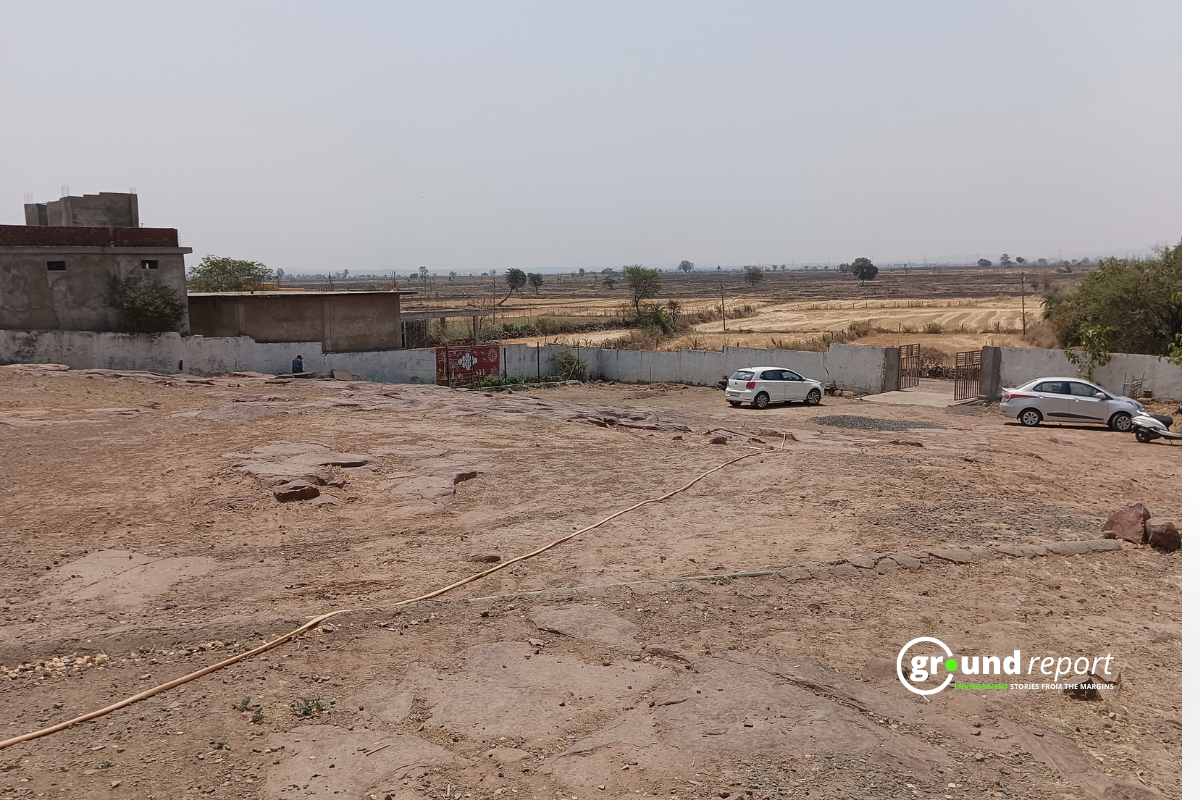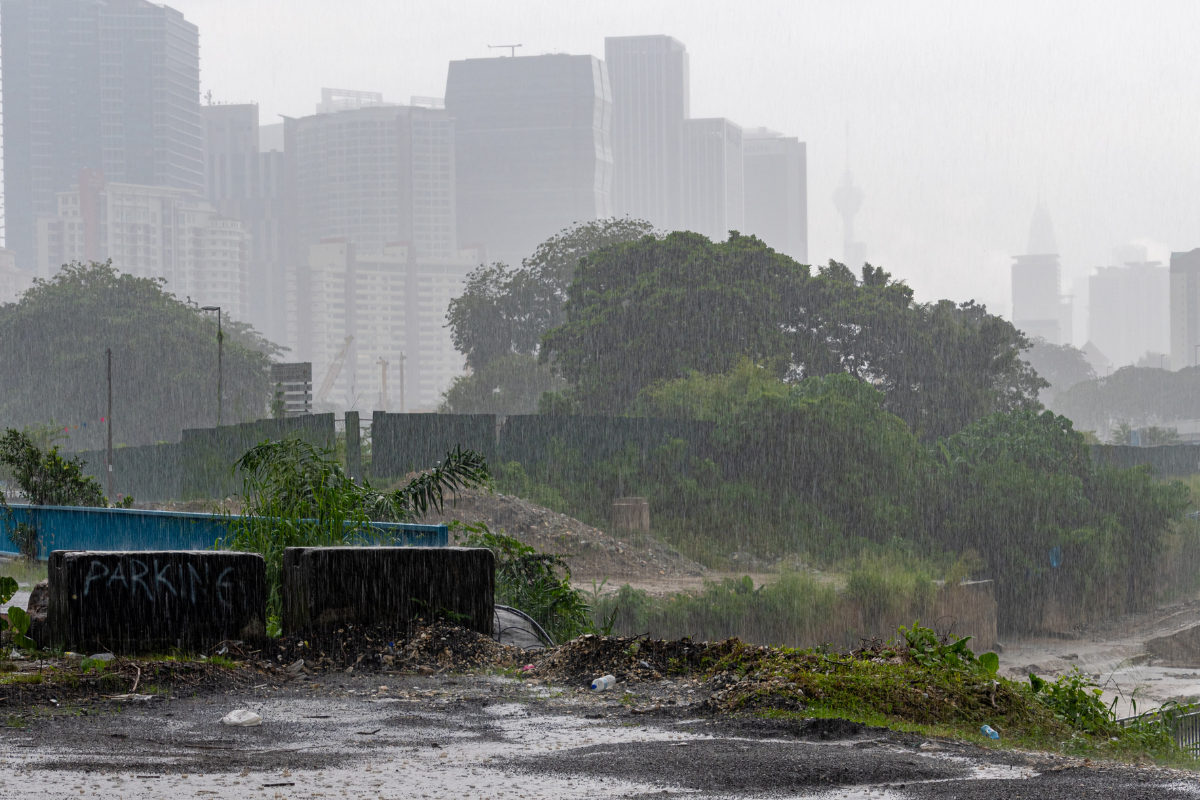Hundreds of marine regions suffer a process of oxygen depletion due to pollution, climate change and human action.
According to a study published in the journal Science, this problem has quadrupled in the last 50 years. The research, led by the Global Ocean Oxygen Network, indicates that the ocean has lost around 2% of its dissolved oxygen, a fundamental element for the survival of marine life and the natural biogeochemical cycle between living beings and the environment.
Climate change and human action cause irreparable damage to marine life.
What is a dead zone?
“Dead zone” is a more common term for hypoxia, which refers to a reduced level of oxygen in the water. A dead zone is an area of the ocean with very low oxygen levels.
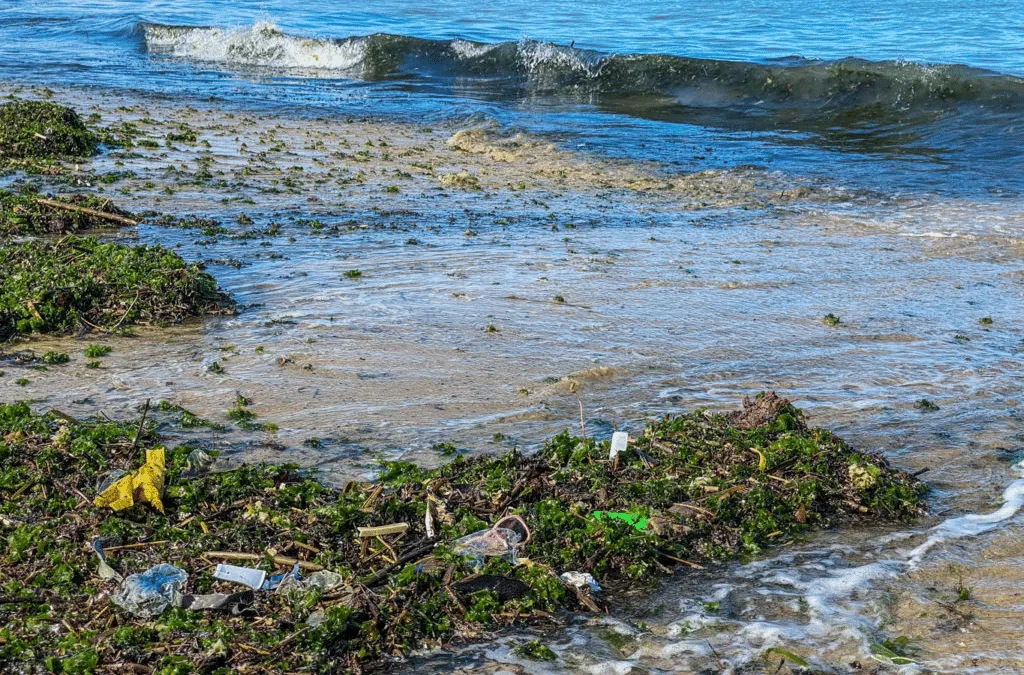
Less dissolved oxygen in the water is often called a “dead zone” because most marine life dies, or if they are mobile like fish, they leave the area. Habitats that would normally be teeming with life essentially become biological deserts.
What is it about
The study indicates that warming of the ocean surface has made it more difficult for oxygen to penetrate its depths, while general warming makes it more difficult to keep oxygen contained within.
This phenomenon has also led to an increase in so-called dead zones, which are large bodies of water that contain little or no oxygen. Most of the animals that end up in these places suffocate and die.
The scientific team explains that the lack of oxygen in the oceans can cause the mass extinction of species in the long term, putting at risk the lives of millions of people who depend on the sea for food and as a source of work.

“Decreased oxygen in the ocean is among the most serious effects of human activities on Earth’s environment”
Denise Breitburg, study author
How Many Dead Zones Are There?
The number of dead zones in the ocean can vary from year to year, as can their size and exact location. Scientists estimate that there are at least 530 dead zones worldwide and this number is expected to increase in the future. The largest dead zones are:
- Gulf of Oman – 63,700 square miles.
- Baltic Sea – 27,027 square miles.
- Gulf of Mexico – 6,952 square miles.
The total extent of dead zones around the world is estimated to be at least 95,000 square miles.
The causes and their effects
These zones are mainly close to regions where water laden with industrial and agricultural waste is discharged. These discharges, which often reach the sea through rivers and rainwater runoff, cause the phenomenon known as eutrophication, which is an increase in nutrients in the water, mainly oxygen and phosphorous, which triggers the development of algae and spoilage bacteria that consume oxygen from the water.
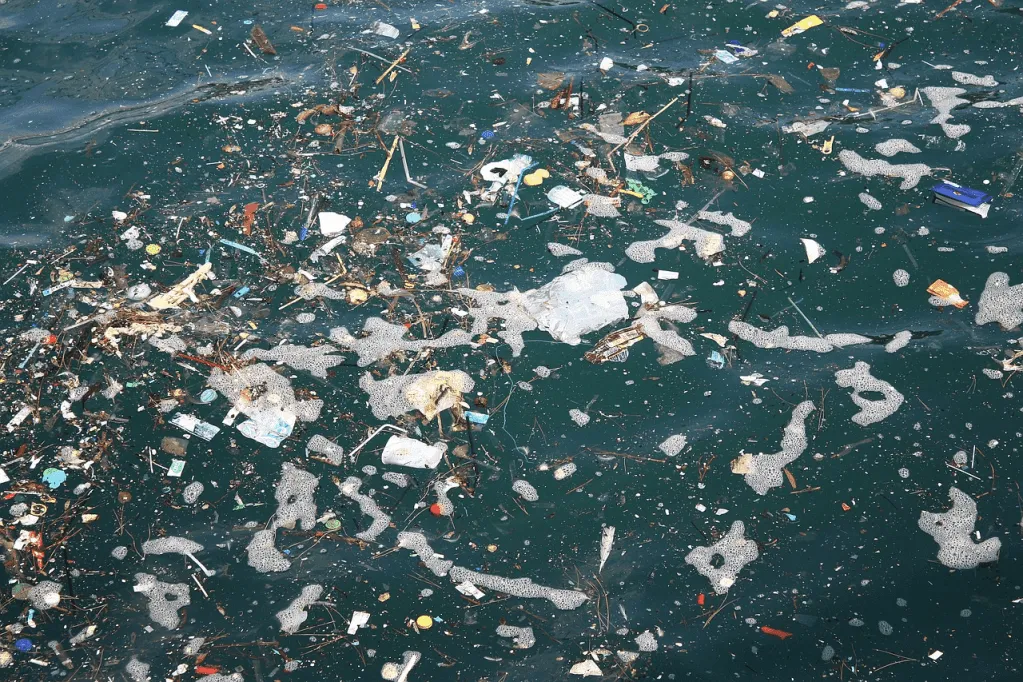
The increase in global temperature driven by the accumulation of greenhouse gases, such as carbon dioxide, is also the cause of the deoxygenation of the seas of the entire planet. “For many marine organisms, lower oxygen levels can reduce survival and growth, alter behaviour, impair reproduction, alter immune responses, and increase disease,” the research concludes.
The two great dead zones
The largest dead zone on the planet is in the Gulf of Oman, off the coast of Arabia. The second is in the Gulf of Mexico, a sea that we share with the United States and Cuba. It is the basin or mouth of the Mississippi River. “Unfortunately they are beginning to proliferate in other areas.”
On the Pacific coast, from California to Chile, there is a very large area of low oxygen level, but it does not reach the surface. It starts from minus 100 meters to minus a thousand meters. Organisms such as fish and corals that live at a depth of 20 meters are generally not affected.
However, in some parts, including Mexico, these low-oxygen zones, located 100 meters away, can reach shallow waters (10 meters deep) and even surface waters.
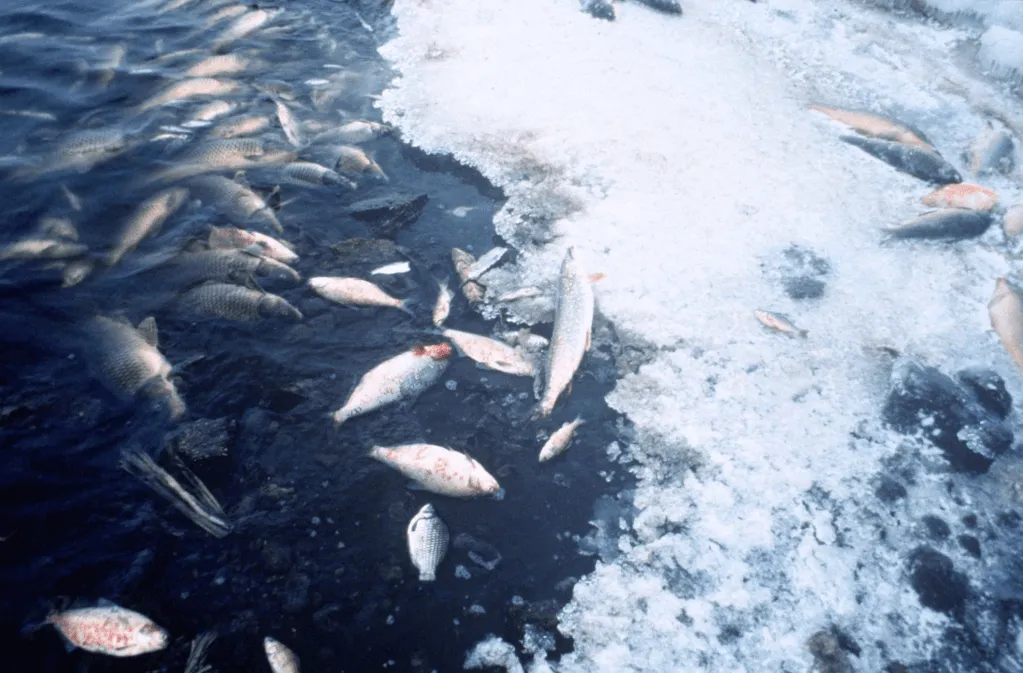
This rise in dead zones is due to problems associated with global warmings, such as changes in currents (they carry hot or cold water), tides and winds.
If it becomes recurrent, warns Álvarez Filip, this process will negatively affect all biodiversity, fishing production and sessile systems, such as coral reefs that inhabit the shallow areas of the Mexican Pacific coast.
The transition to dead zones
Álvarez Filip, a CONABIO and Greenpeace collaborator, points out that the increase in sea temperature reduces the solubility of oxygen in water, so warmer waters contain less oxygen, which favours the generation of more marine dead zones.
Another process that accelerates the transition to dead zones is the increase in the metabolic rates of organisms, which means that when the sea warms, organisms consume more oxygen, contributing to lower levels of water.
A “very worrying” negative feedback loop occurs in dead zones. With the increase in temperature and low oxygen levels, nitrous oxide begins to be released, which is a greenhouse effect compound, 300 times more “powerful” than carbon dioxide (CO2).
The net result is a negative circle. The increase in global warming is accelerating, which in turn warms the sea more, favouring marine areas with low oxygen levels.
Keep Reading
Part 1: Cloudburst in Ganderbal’s Padabal village & unfulfilled promises
India braces for intense 2024 monsoon amid recent deadly weather trends
Support us to keep independent environmental journalism alive in India.
Follow Ground Report on X, Instagram and Facebook for environmental and underreported stories from the margins. Give us feedback on our email id greport2018@gmail.com.
Don’t forget to Subscribe to our weekly newsletter, Join our community on WhatsApp, and Follow our YouTube Channel for video stories.



